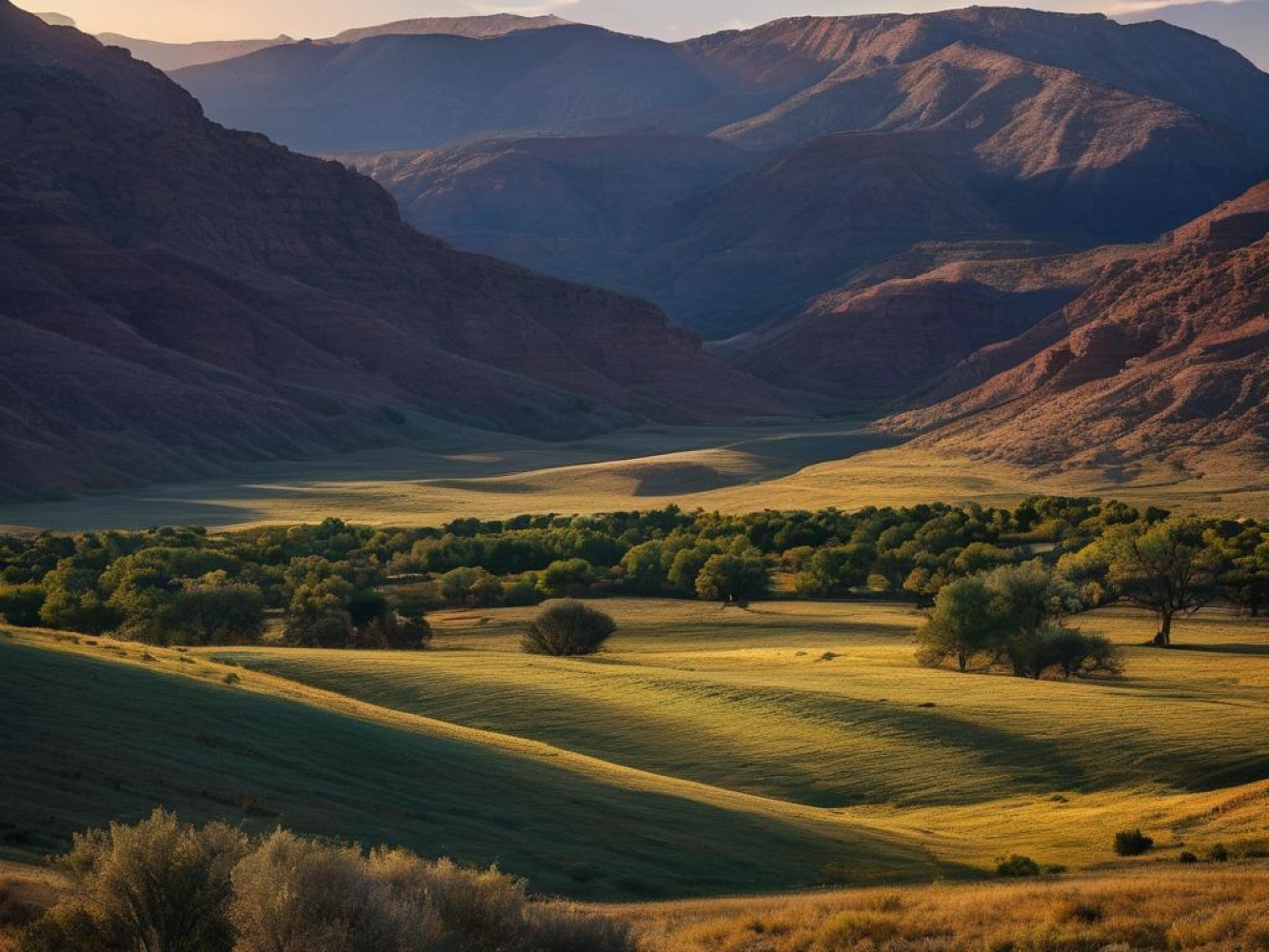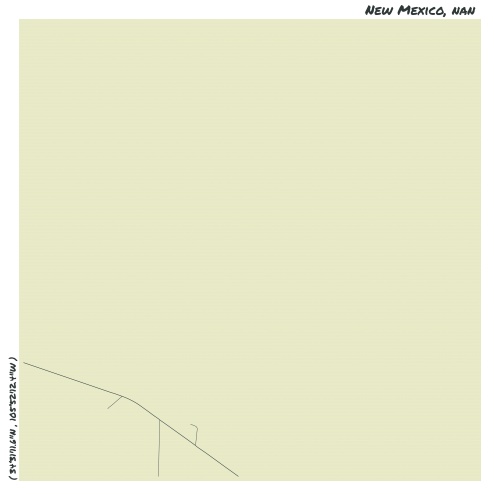Understand
To truly understand New Mexico, you must first grasp the significance of two geological features: the Rio Grande and the nearby Sangre de Cristo Mountains, which are part of the Rocky Mountains. The state can be divided into three regions: the eastern part, which resembles the Great Plains and shares similarities with Texas and Oklahoma; the western part, which consists of mountain ranges and basins similar to Arizona and Nevada; and the area between these two regions, which houses most of the population and offers various travel attractions. This region, known as the "Rio Grande Corridor," boasts snow-capped mountains, fertile riparian habitats along the Rio Grande, and a relatively high population density compared to other parts of the Southwest. Additionally, this area is home to many American Indian reservations and exhibits the remnants of Spanish influence from Mexico. It is also becoming a hub for high-tech industries, showcasing the state's prosperity. The climate in this region is relatively cool and moist, providing a unique contrast to the rest of New Mexico. Finally, there is a north/south division along Interstate Highway 40, with the north being higher and cooler than the south, leading to distinct political differences and self-identified regions within the state.



Comments
NO COMMENTS